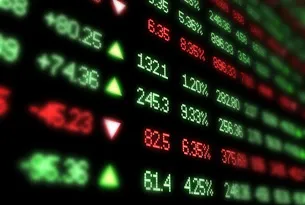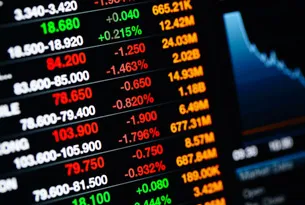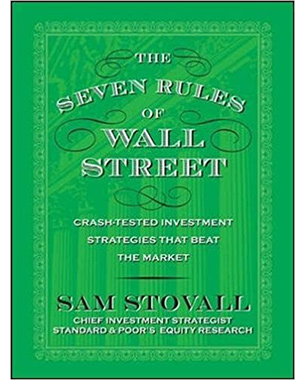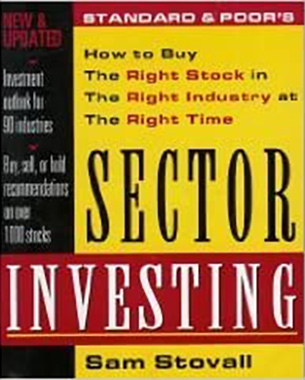About Sam
Sam's Articles
Sam's Videos
Investors are becoming increasingly fearful of a rising wall of worry that may trigger a new decline in the equity markets. Specifically, the S&P 500 gained more than 26% from the recent April low through late July, while undergoing a near-halving of 2025 EPS growth projections that pushed the S&P 500’s P/E on forward EPS to a level that exceeds more than two standard deviations above the 20-year mean. In addition, from a contrarian perspective, investors point out that the CNN Fear/Greed Index recently registered “Extreme Greed,” even though adverse effects from tariffs on inflation and earnings have been delayed but certainly not eliminated. Finally, the equity market is approaching the most challenging seasonal period of the year (August through October). Is it time to buy or bail? In this presentation, Sam Stovall, chief investment strategist at CFRA Research, will discuss CFRA’s forecast for the remainder of the year, justify his 6,580 year-end 2025 target for the S&P 500, and share typically encouraging equity returns during the fourth year of bull markets since WWII.
Investors continue to face stiff headwinds in 2025. Bull markets since WWII that went on to celebrate their third birthday posted gains averaging only 5%. The average drawdown for Republican presidents in their inaugural year was more than 15%. Nearly two-thirds of all bear markets since WWII started with double-digit declines that recovered to within -2% and +3.4% of the 200D MA before reversing and setting an even lower low. Are tariffs still headline rhetoric or recession-inducing realities? S&P 500 EPS growth for all of 2025 was pegged at nearly 13% at the start of the year. As of mid-May, that forecast was closer to 7%. Finally, 2024 was the sixth year in the past eight years when the tech sector rose by 30% or more in price. In this presentation, Sam Stovall, Chief Investment Strategist at CFRA Research, will discuss CFRA’s forecast for a full-year gain in price for the S&P 500 and show cautious investors how a portfolio consisting of only two sectors delivered 95% of Tech’s return since 1990 with 40% lower volatility.
The S&P 500 posted its second consecutive 20%+ annual advance. Yet since WWII, only 20% of the time did the S&P 500 follow up with a “three-peat.” What’s more, 2024 was the sixth year in the past eight in which the Tech sector rose by 30% or more. With that in mind, should investors buy last year’s winners or losers? A “Free Lunch” is defined as receiving something for nothing, or with investing, receiving a higher return with lower volatility. In this presentation, Sam Stovall, Chief Investment Strategist at CFRA Research, will discuss whether history advises buying last year’s winners or losers and how a portfolio consisting of only two sectors delivered 94% of Tech’s return since 1990 with 40% lower volatility.
During the first quarter of 2024, the S&P 500 (1) recovered all that it lost in the 2022 bear market on January 19, (2) recorded 22 new all-time highs through March 28, and (3) posted the 11th strongest Q1 return since 1945. Since then, equities have digested some of these gains and experienced sector rotation away from the 2023 high flyers and into the more defensive areas of the market on concerns the Fed will be slower to lower interest rates while inflation remains sticky and GDP growth begins to cool. Investors now want to know if they should buy or bail. Sam Stovall, the chief investment strategist at CFRA Research, will discuss how current conditions may confirm or alter the traditional election-year enthusiasm, as well as share CFRA’s sector, sub-industry, and stock selections in what historically has been a surprisingly profitable year.











